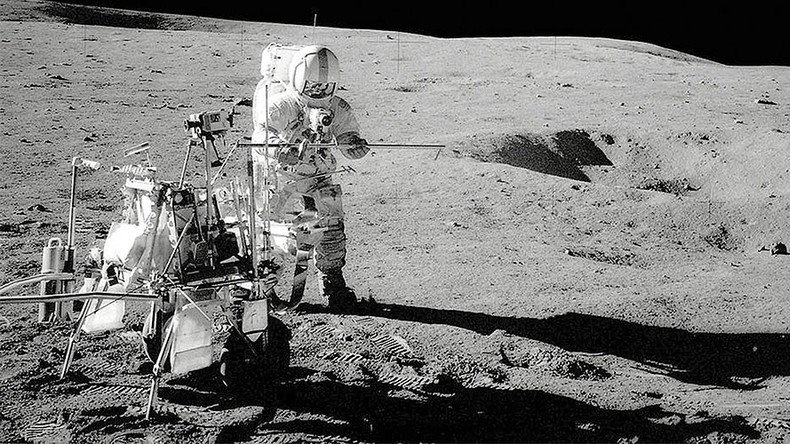Full moon maturity: True age of Earth’s satellite finally revealed

The moon has been hiding its age, according to scientists who revealed Earth’s natural satellite is 4.51 billion years old, making it up to 140 million years older than previously estimated.
"We are really sure that this age is very, very robust," lead author of the new research Melanie Barboni told Space.com. The findings by the team from the University of California Los Angeles were published in the journal Science Advances.
The moon is older than scientists thought, UCLA-led research team reports https://t.co/s0kbXuKfyEpic.twitter.com/qxI4FJoh6P
— UCLA Newsroom (@UCLAnewsroom) January 12, 2017
The new estimate places the moon’s formation as 60 million years after the formation of the solar system, making it considerably older than the previous estimate of 150 to 200 million years.
Using uranium-lead dating on fragments of the mineral zircon, the team were able to estimate the new age of the moon, claiming the estimate is within 10 million years of its actual age. Zircon, a remnant of the liquid-magma ocean that once covered the moon before cooling and solidifying, was extracted from samples obtained from the 1971 ‘Apollo 14’ mission.
Trips between ISS & moon getting cheaper? Russian corp unveils project for reusable
— RT (@RT_com) May 26, 2016
shuttle https://t.co/x8NyldZrAypic.twitter.com/1ImbNKbLsv
"If you want to date this process, we use the mineral zircon, because that's the best time capsule you can find," Barboni said. "We were able to correct for everything that was a problem before, the reasons people said zircon couldn't be used.”
The team were able to correct the influence of cosmic rays on the mineral which can manipulate samples.
READ MORE: NASA releases rare photo of Earth & Moon, as seen from Mars (PHOTO)
Barboni said the new age makes more sense from a dynamics point of view, as more celestial objects were flying around the solar system at the time, risking collisions with each other.
The leading explanation for the moon's formation, known as the Giant Impact Hypothesis, claims a planet the size of Mars collided with Earth, sending large chunks of debris into space.
On Monday Israeli scientists suggested the moon was created by several moons left over from the collision, eventually forming one body.
Was our #Moon really formed from one big “boom”? Prof. Oded Aharonson proposes a more plausible theory https://t.co/sdKHXSR5l6pic.twitter.com/qe0fmaB9Or
— Weizmann Institute (@WeizmannScience) January 10, 2017












